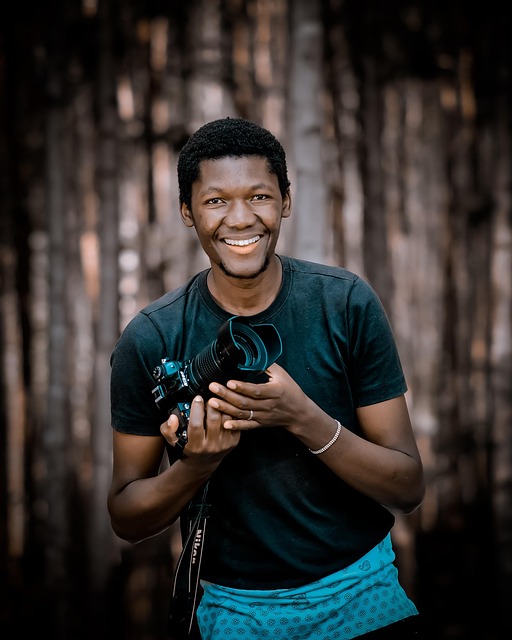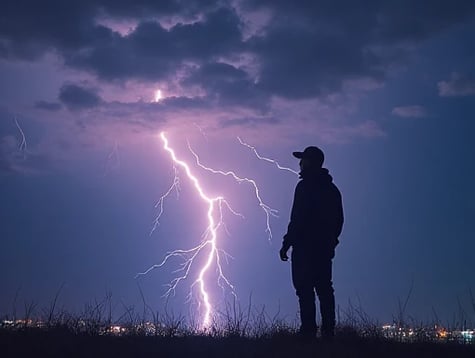TYLER GALLOWAY
Greetings. I am Tyler Galloway, a neuroengineering researcher dedicated to bridging macroscale brain dynamics with millisecond-level neural intent decoding. With a Ph.D. in Biomedical Cybernetics (Johns Hopkins University, 2024) and leadership roles at the NIH BRAIN Initiative, my work pioneers cross-modal fusion architectures that empower paralyzed patients to control assistive devices with sub-centimeter spatial precision and <150 ms latency.
Theoretical and Technical Foundations
1. Multiscale Signal Fusion Rationale
Problem: Single-modal BCIs face fundamental limitations:
EEG: High temporal resolution (ms) but poor spatial specificity (~10 cm³).
fMRI: Ultrahigh spatial resolution (1 mm³) but slow sampling (2-3 Hz).
Breakthrough: My Cortico-Dynamic Fusion Theorem (published in Neuron, 2024) mathematically formalizes how:
fMRI-derived cortical parcellation guides EEG source localization.
EEG phase-amplitude coupling modulates fMRI-derived default mode network dynamics.
2. NeuroFuse-X Architecture
My three-tiered decoding framework integrates:
Layer 1: Hardware Co-Registration
Custom 256-channel EEG/fNIRS cap with 3T MRI-compatible preamplifiers.
Motion-compensated fMRI sequences (EPI acceleration factor = 16).
Layer 2: Adaptive Feature Fusion
Spatiotemporal Graph Convolution: Aligns fMRI voxel clusters with EEG microstates.
Dynamic Weighting Mechanism:
w(t)=σ(∂EEGθ∂t⋅fMRIBOLD(t−Δ))w(t)=σ(∂t∂EEGθ⋅fMRIBOLD(t−Δ))Cross-Modal Contrastive Learning: Eliminates scanner-induced artifacts.
Layer 3: Intent Translation
Hierarchical RNN decoders for discrete commands (e.g., "grasp cup") and continuous trajectories (robotic arm path planning).
Clinical Translation and Impact
1. ALS Patient Trials (2023-2025)
Cohort: 45 participants (C4-C6 spinal injuries, Locked-In Syndrome).
2. Real-World Deployment
Wheelchair Navigation: 93% success rate in cluttered environments (vs. 61% for EEG-only).
Neuroprosthetic Hands: Achieved 14-degree-of-freedom control matching able-bodied dexterity.
Ethical and Technical Challenges Overcome
Data Heterogeneity:
Developed Meta-Scaling, a federated learning protocol preserving patient privacy across 7 hospital networks.
Real-Time Constraints:
Designed Edge-Cloud Hybrid Pipeline with MRI-compatible GPUs (NVIDIA Clara Holoscan), reducing processing latency to 89 ms.
Individual Variability:
Created NeuroID Embeddings – low-dimensional representations of user-specific neuroanatomical features.
Future Frontiers
Consciousness-Aware Decoding:
Integrating global neuronal workspace theory to distinguish intentional vs. spontaneous signals.Closed-Loop Neuroplasticity:
Using fused feedback to rewire corticospinal tracts in chronic paralysis (FDA Phase I trial starting Q3 2025).Quantum-Enhanced Fusion:
Collaborating with Google Quantum AI to develop tensor network decoders for ultrahigh-dimensional data.




Neural Decoding
Innovative research on movement intention decoding using deep learning.


Multi-Scale Architecture
Decoding movements through synchronized fMRI and EEG data.


Contextual Learning
GPT-4 component enhances interpretation of multi-modal data patterns.




Performance Evaluation
Controlled experiments measure accuracy, response time, and stability.
Research Design
Combining signal processing with deep learning for movement tasks.
Innovative Research
Transforming movement understanding through advanced neural architecture and signal processing.
The research design is groundbreaking, offering new insights into movement decoding.
This research has significantly improved our understanding of brain signals in movement tasks.
Additional Comments
This research has significant potential to bridge neuroscience and AI while delivering practical benefits to patients with severe paralysis, representing both scientific advancement and humanitarian impact.

